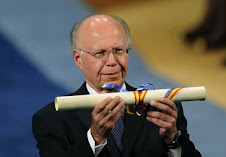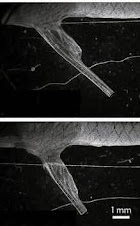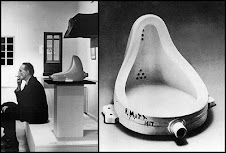Getting It Just Right
Sacha Vignieri
Volume 339, Number
6125, Issue of 15 March 2013
North American monarch butterflies are known
for the massive southern migrations they undertake each year. During
these migrations,
a single butterfly may fly over 2500 miles
south to the overwintering site, where it enters diapause, a
hibernation-like state.
This same butterfly will then fly
northward in the spring, where it will become reproductive before dying
and leaving the
remainder of the return trip to its
offspring. Monarchs coordinate their southward flight on the basis of a
Sun compass mediated
through circadian clocks located in the
antennae. Guerra and Reppert now show that northbound flight is mediated
by the same
Sun compass mechanism. This finding begs
the question, however, of how individuals are able to "switch" their
compasses to
fly south in the fall and north in the
spring. Exposure of fall remigrants to variations of the day length and
temperature
conditions encountered at overwintering
sites revealed that although day length has no effect on flight
direction, temperature
was able to facilitate the directional
switch. Specifically, butterflies exposed to temperatures that were too
warm did not
switch their flight directions, whereas
those exposed to appropriately cold temperatures flew north as expected.
Thus, cold
temperatures during overwintering are
necessary for the completion of the enigmatic migration. Furthermore,
warmer winters
at these sites, due to climate change, may
interfere with the monarch's migration home.
Curr. Biol. 10.1016/j.cub.2013.01.052 (2013).















































































